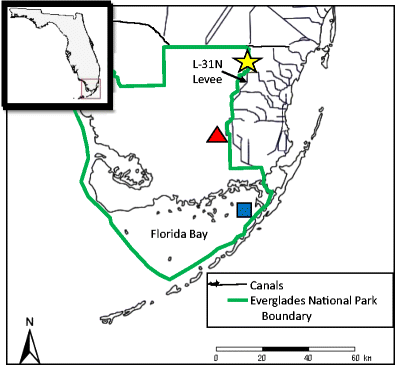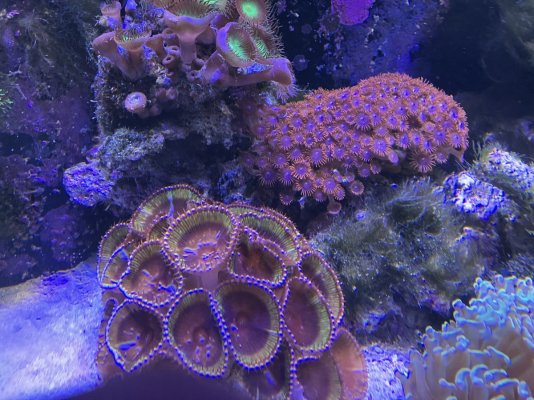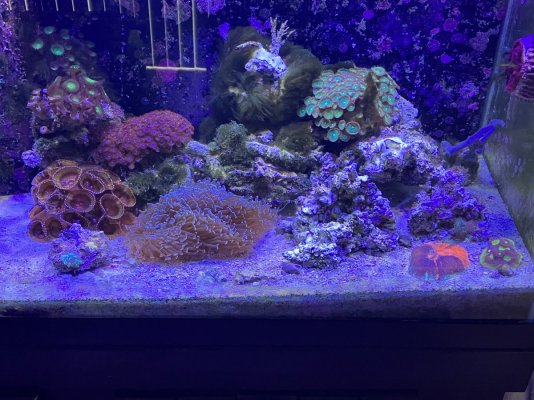Another place where this matters is that folks like to post that your substrate or rocks might leach (or leech to some) po4 which is why algae might be out of hand. This cannot happen unless you lower the water concentration of po4. The correct terms, or description, might help somebody spend or focus on the right things to fix an algae issue and thinking that rocks leaching/leeching po4 when they already have 0.40 (or whatever) level of po4 is not really all that helpful.
Yes I agree to that. Otherwise they may believe that their p levels will constantly increase as something - sand/rock - continues to leach. This is incorrect
Rather, what they notice is as they take steps to reduce p, it remains the same, or it goes down temporarily and then returns. This is the leaching/equilibrium effect in action. And to remedy it, will take time and continuous effort.





















